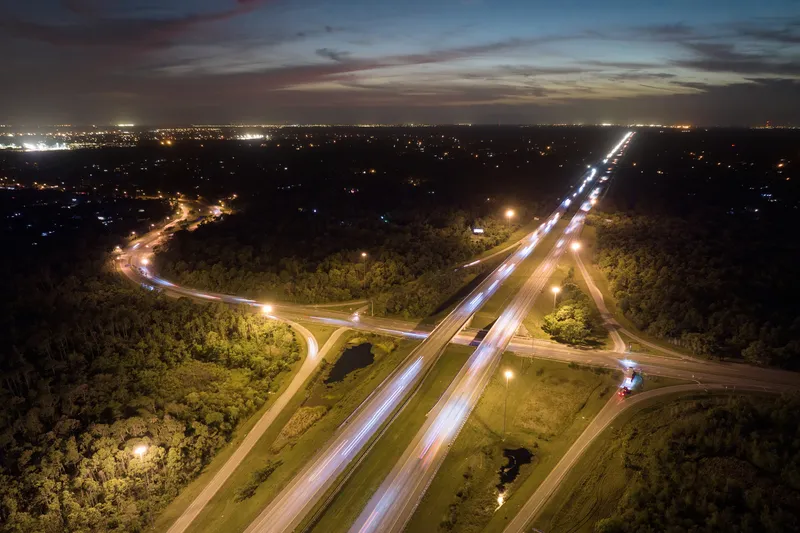Ohio's toll road, a heavily travelled connector between the East Coast and Chicago, is moving closer to allowing the testing of self-driving vehicles.
Testing is likely to begin within 12 months, and possibly before the end of the year, the Ohio Turnpike's executive director, Randy Cole, told the Associated Press. Officials overseeing the roadway have spent more than a year looking at the possibilities, he said.
Ohio is among several states competing to play a role in the testing and research of auton
August 23, 2016
Read time: 2 mins
Ohio's toll road, a heavily travelled connector between the East Coast and Chicago, is moving closer to allowing the testing of self-driving vehicles.
Testing is likely to begin within 12 months, and possibly before the end of the year, the Ohio Turnpike's executive director, Randy Cole, told the Associated Press. Officials overseeing the roadway have spent more than a year looking at the possibilities, he said.
Ohio is among several states competing to play a role in the testing and research of autonomous vehicles.
Much of the testing, up to now, has been in California and some other Western US states and on closed courses, such as one operated by the University of Michigan in Ann Arbor.
More testing is needed in new places and where there's snow and ice, Cole said. "It's got to start happening on real roads," he said in an interview. "That's part of getting the consumer confidence."
The Ohio Turnpike, which takes Interstate 80 across northern Ohio and links Youngstown, Cleveland and Toledo, is set up well for testing autonomous vehicles, he said.
It is relatively straight and flat with three lanes in each direction, wider lane markings and space for maintenance and support crews, Cole said. And the 241-mile highway is less congested than other interstates in Ohio and already has a fibre network along the entire roadway, he said.
Fibre optic lines aren't necessary for self-driving vehicles that rely on their own GPS systems. But they could allow vehicles connected to the network to relay information on road conditions or help collect testing data, according to Jim Barna, an assistant director with the7609 Ohio Department of Transportation.
Testing is likely to begin within 12 months, and possibly before the end of the year, the Ohio Turnpike's executive director, Randy Cole, told the Associated Press. Officials overseeing the roadway have spent more than a year looking at the possibilities, he said.
Ohio is among several states competing to play a role in the testing and research of autonomous vehicles.
Much of the testing, up to now, has been in California and some other Western US states and on closed courses, such as one operated by the University of Michigan in Ann Arbor.
More testing is needed in new places and where there's snow and ice, Cole said. "It's got to start happening on real roads," he said in an interview. "That's part of getting the consumer confidence."
The Ohio Turnpike, which takes Interstate 80 across northern Ohio and links Youngstown, Cleveland and Toledo, is set up well for testing autonomous vehicles, he said.
It is relatively straight and flat with three lanes in each direction, wider lane markings and space for maintenance and support crews, Cole said. And the 241-mile highway is less congested than other interstates in Ohio and already has a fibre network along the entire roadway, he said.
Fibre optic lines aren't necessary for self-driving vehicles that rely on their own GPS systems. But they could allow vehicles connected to the network to relay information on road conditions or help collect testing data, according to Jim Barna, an assistant director with the









